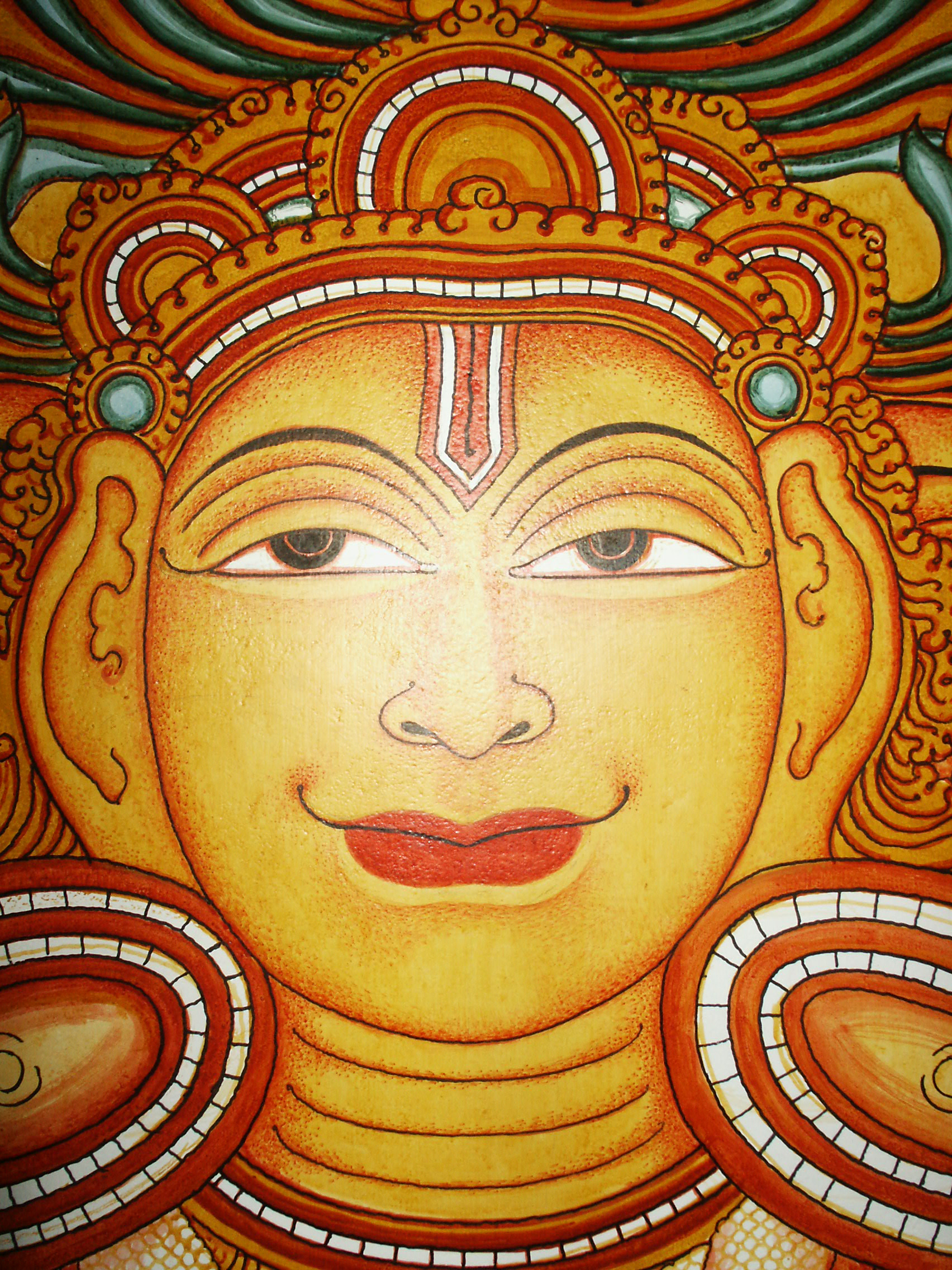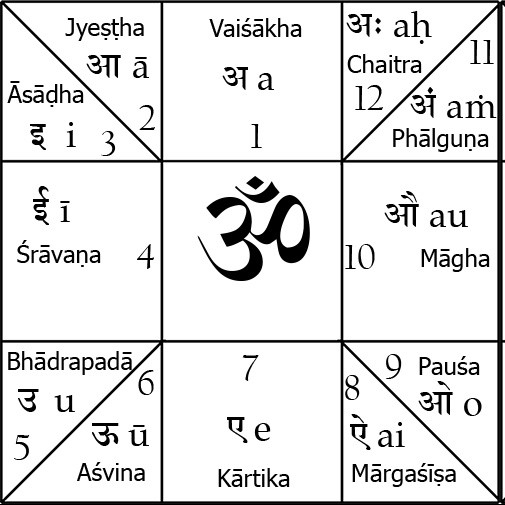Jyotiṣa Devatā
As a subject, Jyotiṣa has a few major heads which include –
• Lakṣaṇa Śāstra which means study of the omens and signs on the body and around. This includes Hastā-rekhā śāstra or palmistry which is the forte of Subrāhmaṇya or Kārtikeya
• Horā Śāstra is the forte of Gaṇeśa
• Gaṇita Śāstra including Vedic Numerology is another head
…. All these come under the three wings called Gaṇita, Horā and Saṁhitā
Once there was a debate between Kārtikeya and Gaṇeśa and Lord Śiva was the judge. Kārtikeya wrote the entire Lakṣaṇa śāstra whereas Gaṇeśa wrote Horā śāstra. Śiva judged















